On the front line of the climate crisis, extreme weather is ripping apart land, lives and livelihoods. This is Loss and Damage.
As a result of human-induced climate change, droughts, floods and storms are becoming more extreme, and are happening more regularly than ever before. Processes such as sea-level rise, ocean warming, and desertification are also causing irreversible changes to our common home, which are having a deadly effect.
For our sisters and brothers in the poorest parts of the world, these impacts are driving extreme hunger, water insecurity, and the widespread displacement of people. And sadly, as the world continues to warm, these problems are only set to get worse.
is the anticipated annual costs of Loss & Damage each year by 2030
people displaced by climate change in 2022
The Injustice of Loss and Damage
It is the poorest people who are suffering the impacts of climate change first and worst
In the places SCIAF works, communities are already paying for the losses and damages of climate change. It’s the poorest people in the world who have to pay to rebuild homes, schools and vital infrastructure – they are paying for a crisis they did not cause and are being trapped in an unescapable cycle of poverty.
It is not just things with a monetary value that are being lost
Whilst you can put a price on some things, other things that are lost and damaged due to climate change are beyond calculation. The loss of lives, culture, historical artefacts and land cannot be restored. A house may have a monetary value; a home is invaluable. This is known as ‘non-economic’ loss and damage.
The richest countries are driving the climate emergency
International treaties and targets have failed to slow global emissions, and so the richest countries continue to propel the devastating impacts we see on both people and planet.
It’s time for those causing Loss and Damage to pay up
The richest governments must commit money to fund the losses and damages experienced by people living in the poorest countries. This money needs to be easily accessible for those who need it most.
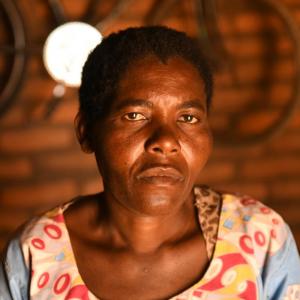
Malita, Southern Malawi

Malita, Southern Malawi
Loss and Damage is a key priority issue for SCIAF and for many of our allies and partners around the world. We see this issue as deeply connected to our mission, informed by Catholic Social Teaching. Our approach includes:
- Delivering programmes that help people rebuild their lives and secure their futures. Thanks to the Scottish Government, SCIAF delivered one of the first Loss and Damage programmes in the world, in Malawi. This helped more than 85,000 people rebuild their lives after successive cyclones hit the country.
- Encouraging governments to fund Loss and Damage. For many years, with the support of our partners, we have campaigned on climate justice and encouraged governments and others around the world to act on Loss and Damage. At COP26, Scotland became the first government in the world to commit money to Loss and Damage, something SCIAF had campaigned for for a long time.
- Providing a platform to share stories and shine a light on good practice. Through articles, academic papers, blogs, magazines, videos and documentaries we have raised up the voices of those affected by climate change in the places SCIAF works. Our documentary ‘Not Do Nothing’ featured interviews with participants, partners and politicians.
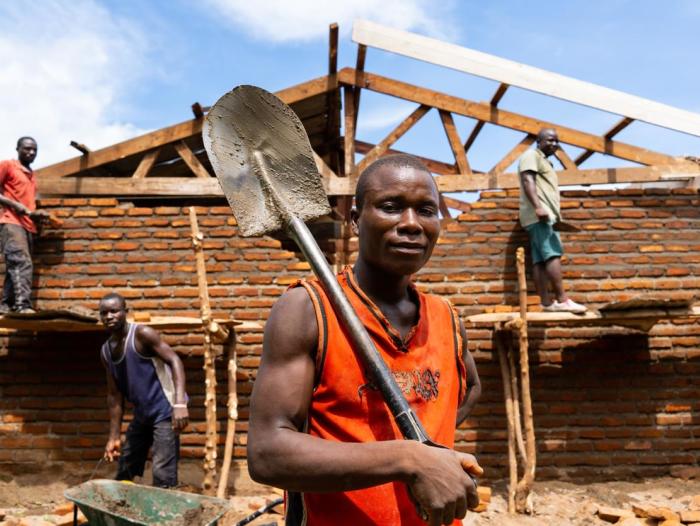
Loss and Damage in Malawi
At COP26 in Glasgow, First Minister Nicola Sturgeon committed £2 million to Loss and Damage projects around the world. This was the first funding of its kind, with SCIAF receiving funding for an innovative programme in Malawi.
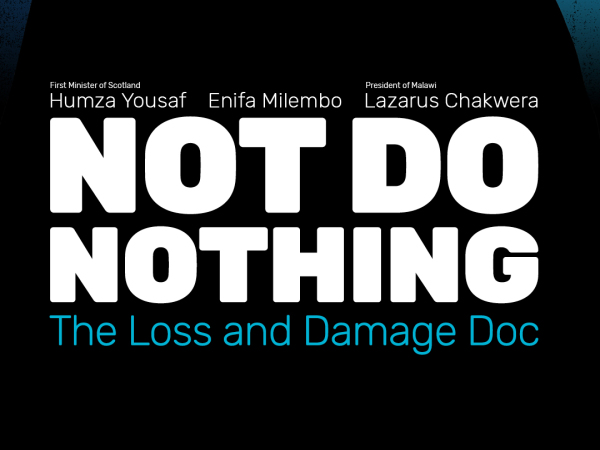
Our new documentary shows why Loss and Damage is one of the most pressing issues in the world today.
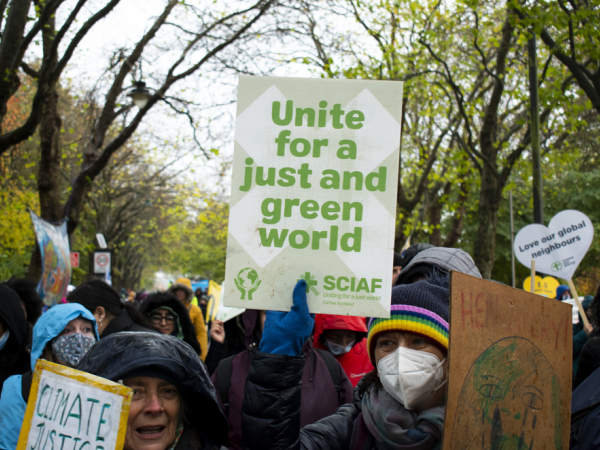
Together we campaign to promote justice and build peace, so that we can all live in His love and justice, free from fear and persecution.
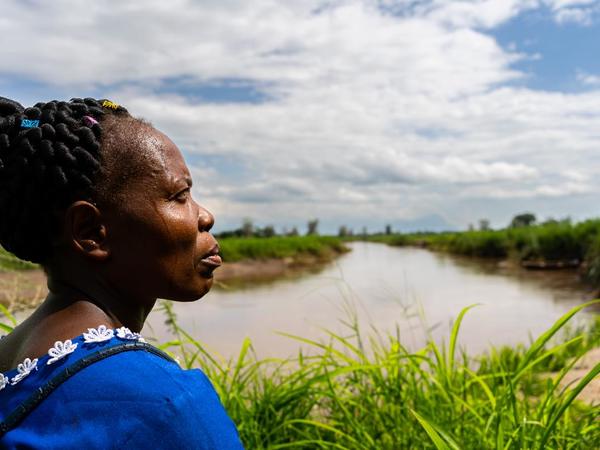
With partner organisations, we have published a new special report on the vital issue of non-economic loss and damage.